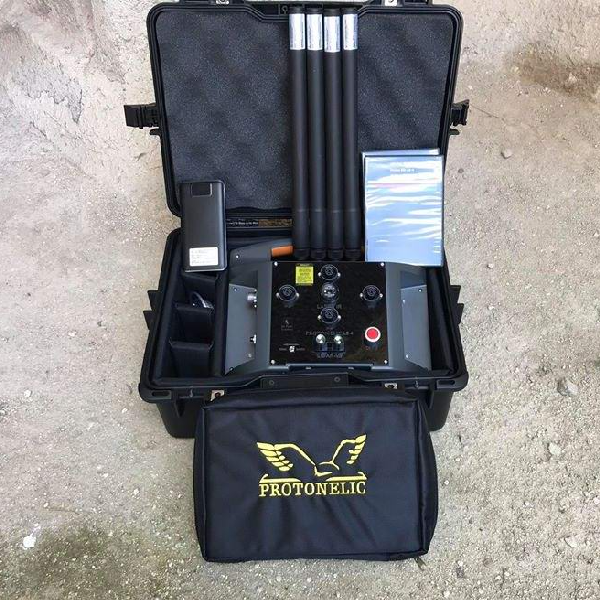There are some factors about the geology of water well drilling rig:
1. Geological survey
Drilling for sampling: Through drilling and sampling, we can directly observe the lithology, structure, color, and other characteristics of the core and judge the hardness and permeability of the stratum.
Exploration: To understand the distribution and structural characteristics of underground strata by using physical ex
Regional Geologic Maps: Analyze regional exploration methods, for example, the resistivity method and seismic surveys.
Hydrogeological investigation: we can through water level observation of wells, pumping tests, and other methods understand the water level, water quantity, and water quality.
2. Analysis of geological data
geologic maps to understand the lithology, tectonics, and other geologic background of the area.
Borehole data: By analyzing historical borehole core data and logging information, we can determine the variation patterns of the geological formations
3. Factors affecting the operation of drilling rigs
Rock properties: Rock hardness, degree of fragmentation, degree of joint and fissure development, etc. will affect the drilling speed and wear of drilling tools.
Stratigraphy: Structural features such as stratigraphy, interbedding, faults, etc. can affect drilling stability.
Groundwater: High groundwater levels and volumes can affect the stability of boreholes and increase the risk of collapse.
4. Suitable lithology for water well drilling rigs
Gravel layer: good water permeability, easy to produce water, is a good aquifer.
Fissured rocks: Rocks with developed fissures, such as granite, metamorphic rocks, etc., can also form good aquifers if the fissures are well developed.
5. Suitable lithology for water well drilling rigs
Clay layer: Poor water permeability of the clay layer makes drilling difficult and prone to jamming.
Hard rock: Granite, basalt, and other hard rock,

Comments
Post a Comment